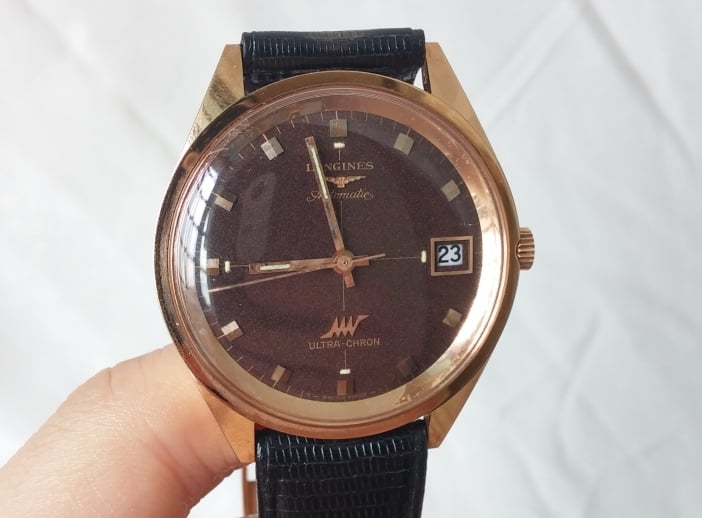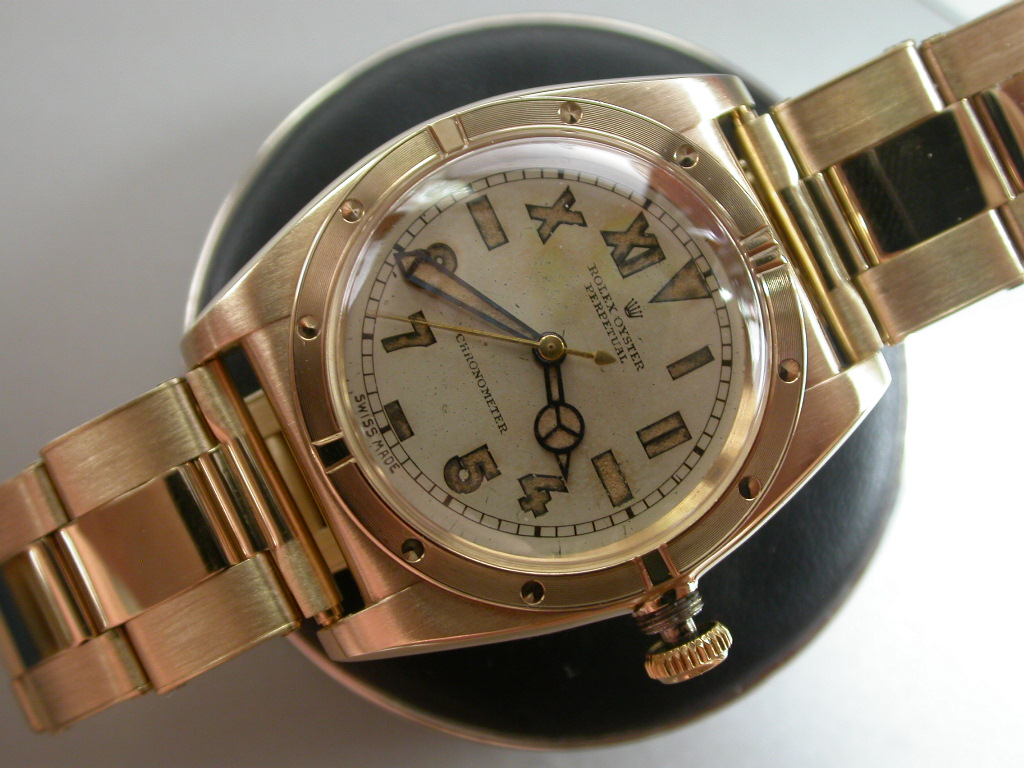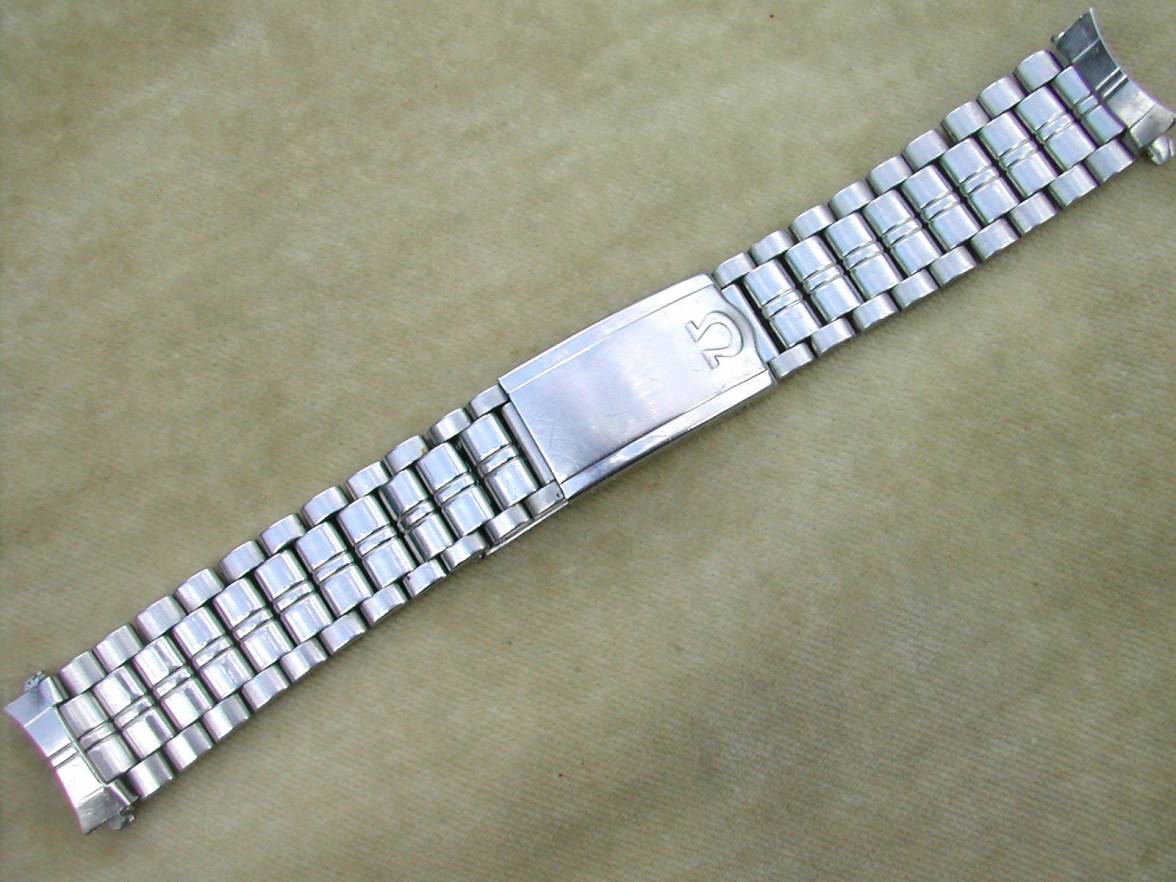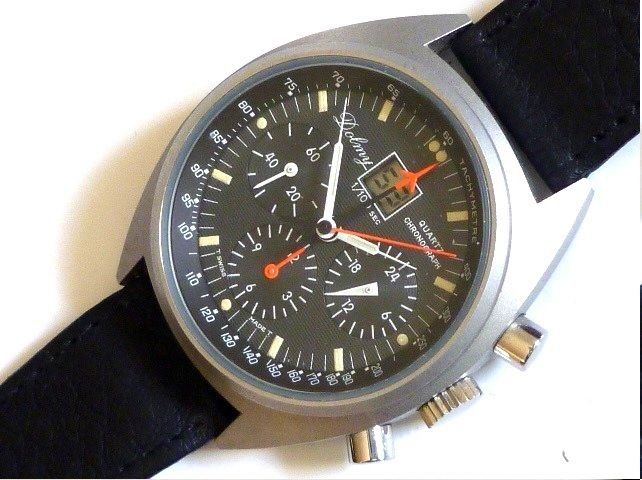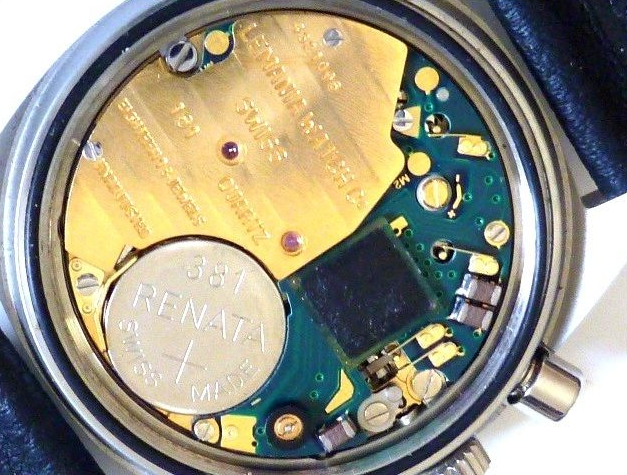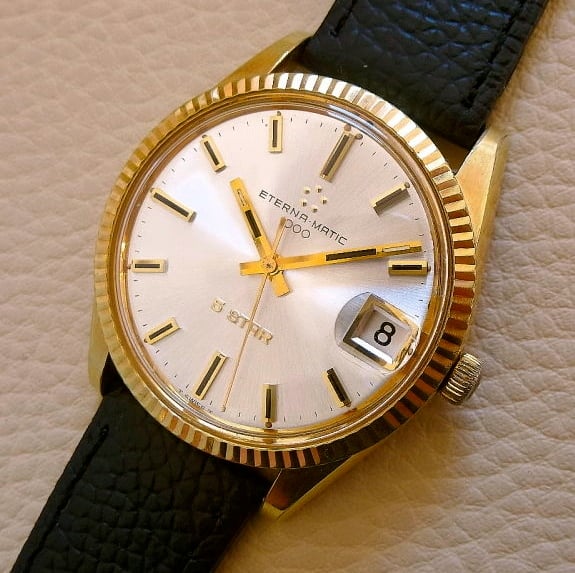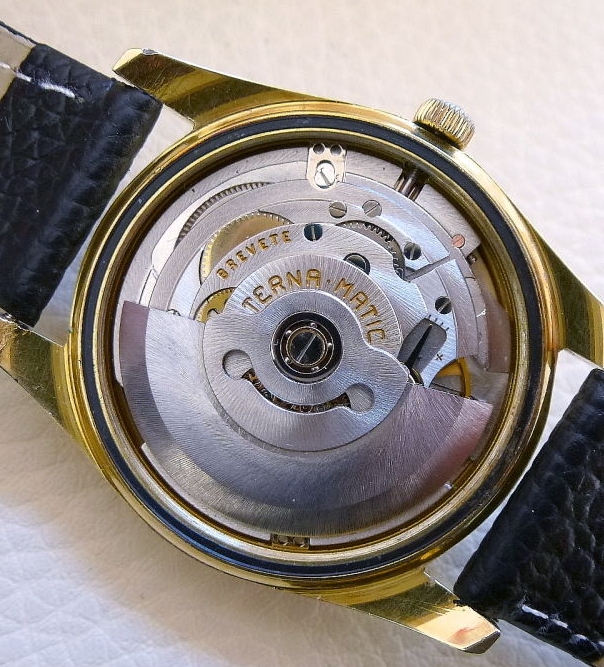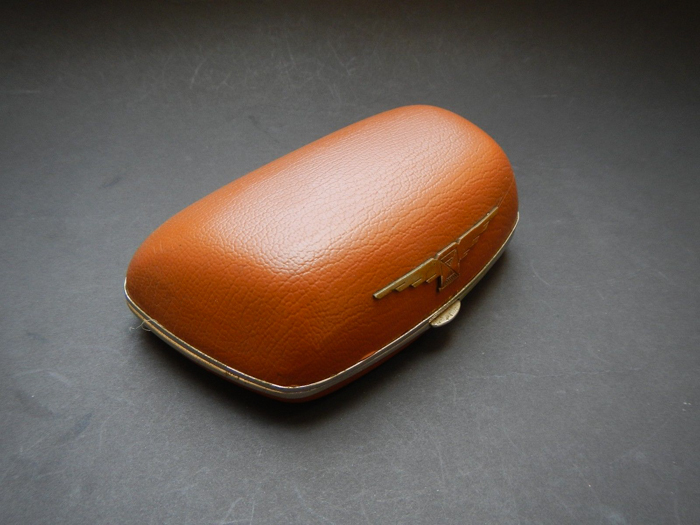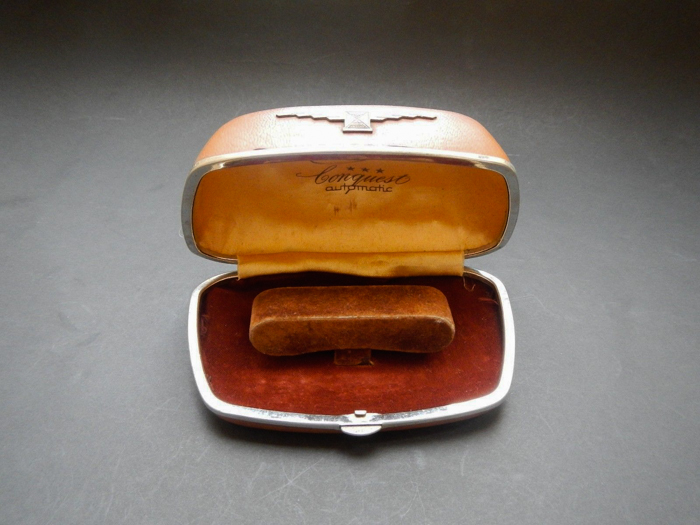Lemania - Again. And the rarest one yet in my collection!
Sometimes a late evening fishing trip in the bay can provide some really rare specimens!
Tonight I got one landed that I never, even if I do have ambitions, thought I would ever own....
And its a Quartz, or at least partly....
Back in the late 70s and early 80s Lemania started working on a revolutionary chronograph design. Partly column wheel, partly quartz, completely weird hybrid mix.
I have ever seen one other pictured, and that was one of the late Chuck Maddox rarest watches in his collection!
Features:
- Lemania caliber Quartz 181 (!)
- 18 Jewels.
- "5100" style chrono hands with large seconds and minutes hands.
- 24H time display subdial.
- 12H chrono totalizator subdial.
- 60 min. chrono totalizator subdial.
and the "big thing":
- 1/100 sec digital chrono window!
Omega is supposed to have a prototype on display in the museum that was designed to use this movement. A Speedmaster model. The caliber was designated 1660 and reference 386.0815,
This is Chuck's "Lemania" branded one (and my new acquisition below):

Unfortunately mine is not labeled as a Lemania, but it is the exact same model apart from that.
From an
article in International Watch Magazine:
The Electronic Lémania Chronograph
The quartz and electronic movement revolution in Switzerland did not leave Lémania unaffected. In the late 1970s, Nouvelle Lémania embarked on the development of an electronic chronograph. It would be more accurate to say it embarked on the development of an elecro-mechanical movement.
The first Swiss patent application for this movement was filed in December 1981. A U. S. patent was initially applied for in 1982 but was subsequently abandoned while further development went on, and the final patent application was filed on January 2, 1985, and granted on May 13, 1986, for an “Electronic Chronograph Watch Having Analog and Digital Display of Measured Time Periods.”
In this movement, a micromotor actuated a wheel train that drove the center hour and minute hands, while another motor actuated the chronograph train that operated the chronograph sweep seconds hand, a minute register hand and an hour register hand. The movement actually had a mechanical column wheel which started and stopped the second motor by a lever, and a hammer reset the chronograph gears. Finally, there was a liquid crystal display at 12 o’clock for the reading in hundredths of a second, up to 99/100ths. When the chronograph was not running, this display showed the date.
This movement apparently never entered mass production, though the late Omega expert Chuck Maddox obtained one example. Omega even advertised one model that used this version.
I just can't wait for this one to land!



